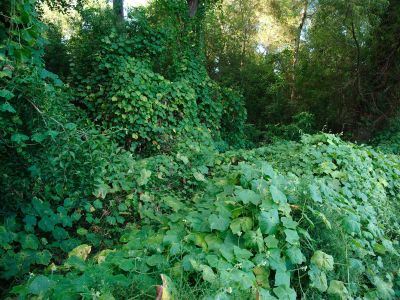How to Tell if a Species is Invasive
Keep in mind that invasive plants aren’t always ugly. In fact, many were transported because of their beauty, or because they were effective, fast-growing groundcovers. Invasive species identification is further complicated because many plants are invasive in certain areas but perfectly well-behaved in others. For example, English ivy is beloved in many parts of the U.S., but these fast-growing vines have created serious problems in the Pacific Northwest and eastern coastal states, where attempts at control have cost taxpayers millions of dollars.
Resources for Identifying Invasive Plants
The best way to recognize common invasive species is to do your homework. If you aren’t sure about identifying invasive species, take a picture and ask experts at your local cooperative extension office to help you identify the plant. You can also find experts at places such as Soil and Water Conservation, or Departments of Wildlife, Forestry, or Agriculture. Most counties have weed control offices, especially in agricultural areas. The Internet provides an abundance of information on specific invasive species identification. You can also search for resources in your particular area. Here are a few of the most reliable sources:
Invasive Plant Atlas of the United States
U.S. Department of Agriculture
Center for Invasive Species and Ecosystem Health
U.S. Forest Service
EU Commission: Environment (in Europe)
Most Common Invasive Species to Watch For The following listed plants are invasive pests in many areas of the United States:
Purple loosestrife (Lythrum salicaria)
Japanese spirea (Spiraea japonica)
English ivy (Hedera helix)
Japanese honeysuckle (Lonicera japonica)
Kudzu (Pueraria montana var. lobata)
Chinese wisteria (Wisteria sinensis)
Japanese barberry (Berberis thunbergii)
Winter creeper (Euonymus fortunei)
Chinese privet (Ligustrum sinense)
Tansy (Tanacetum vulgare)
Japanese knotweed (Fallopia japonica)
Norway maple (Acer platanoides)
